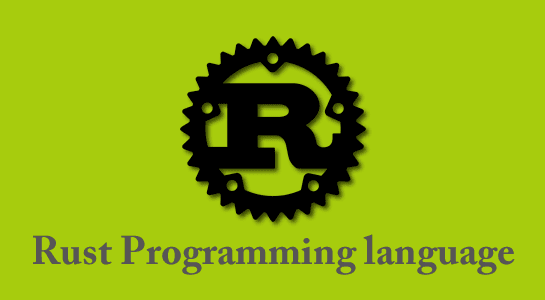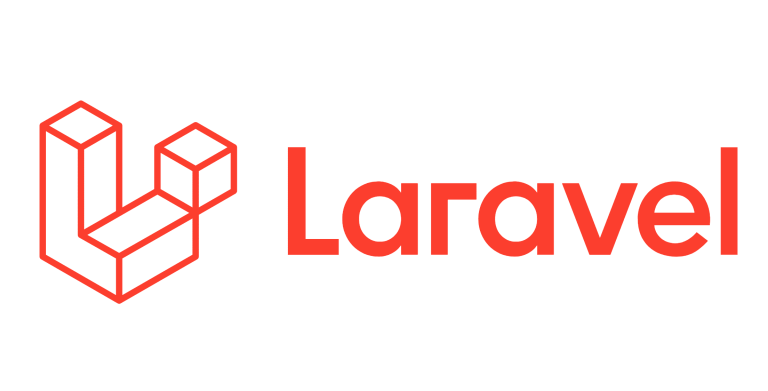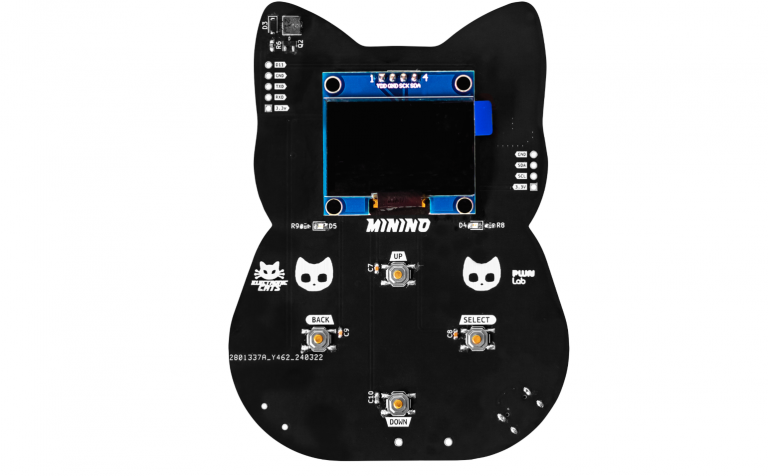
Maintaining a gradebook manually requires significant time and effort for educators. Teachers must spend countless hours outside of the classroom manually tracking students’ grades, which can be quite overwhelming. Not to mention, manual gradebooks are difficult to keep up-to-date and accurate; this could lead to discrepancies in grade calculations that would not occur with an automated gradebook.
Manual gradebooks are also vulnerable to human error, as it is easy for grade entries to get misplaced or forgotten. The regular grade calculations can be tedious and time-consuming as well as they often require teachers to spend hours calculating grades manually by hand.
Ultimately, manual gradebooks lack many of the features that automated gradebooks offer such as data tracking and analysis, grade forecasting, and grade projection.
Digital gradebooks, on the other hand, offer features that are invaluable for teachers in helping them effectively manage their gradebooks and student performance. When utilized religiously and fully, the positive impacts can even extend to students and parents who are diligent and concerned about their academic performances.
The Benefits of Using a Digital Gradebook
for Teachers and School Administrators
Accurately tracking grade data is a time-consuming process for teachers, but digital gradebooks make the job easier. Not only do digital gradebooks automate the tedious job of grade calculation, but they also offer many other benefits to teachers and administrators.
Here are five major benefits of using digital gradebooks for teachers and administrators:
- Faster Grading and Easier Record-Keeping: Digital gradebooks provide teachers with a more efficient way to grade and track student performance. With digital gradebooks, teachers can quickly enter grades into the system from any device or location, eliminating the need for manual data entry. In addition, gradebooks are stored securely in the cloud so that grade information is always accessible and backed up.
- Improved Student Engagement: Digital gradebooks give teachers the ability to easily share student grades with the entire class, which can increase student engagement and motivation. Furthermore, gradebooks allow teachers to provide more timely feedback on assignments, helping students stay on track with their coursework and understand how their performance is evaluated.
- Improved Communication with Parents: Digital gradebooks also streamline communication between teachers and parents, allowing them to quickly check grade status and get a comprehensive picture of their child’s academic performance. Many gradebook programs even allow for commenting on individual grades, making it easy for teachers to provide personalized feedback directly to parents.
- Improved Data Analysis: Digital gradebooks allow teachers to quickly analyze grade data and identify trends or patterns in individual student performance. This information can then be used to inform instructional decisions, leading to improved teaching practices.
- Reduced Administrative Workload: By streamlining grade recording, digital gradebooks reduce the amount of administrative work for teachers and administrators. This means that grade-related tasks can be completed faster, freeing up time for more important work.
Overall, digital gradebooks offer many benefits to teachers and administrators. By automating grade recording and providing a comprehensive view of grade data, gradebooks make the job of tracking student performance much easier.
for Students and Parents
While gradebooks are an invaluable tool in the classroom, allowing instructors to track student progress and grade assignments while keeping parents informed, such tools also offer an even greater level of convenience, providing a range of benefits for both students and parents.
- Improved Accuracy: Digital gradebooks make it much easier for instructors to enter grades quickly and accurately. Teachers can use gradebooks to quickly track and grade student assignments, reducing the chances of calculation errors or forgotten grades. With this, parents and students can breathe with confidence knowing records are handled cautiously and with integrity.
- Easy Access: With digital gradebooks, as teachers can easily access a student’s gradebook at any time without having to search through physical documents, parents also get to have quick and easy access to grade information, thereby facilitating improved communication between teachers and parents about possible grade discrepancies.
- Increased Transparency: Digital gradebooks make student grade information more transparent, providing both students and parents with an easily accessible record of grade data. This transparency encourages students to take ownership of their academic performance and informs parents of any grade changes that require further discussion or support.
- Real-time Updates: Digital gradebooks provide real-time updates, allowing both students and parents to stay up-to-date on grade information as it is entered into the gradebook. This provides an additional layer of accountability for both teachers and students, making it easier to monitor progress over the course of a semester or school year.
Not all digital gradebooks can do the job… Choose wisely!
When it comes to digital gradebooks, not all of them can deliver the results that teachers need. Many gradebook software solutions either lack features, have slow performance times, or require too much manual input from the user. This makes it difficult for educators to accurately track student progress and grades. To make the most of such a big investment, it is important for teachers to find a gradebook system that is capable of meeting their specific requirements.
When looking for gradebook software, it is important to consider the features available and make sure they are in line with what you need. For example, some gradebooks provide basic grade tracking while others offer more extensive features such as grade calculation.
It is also vital to take the performance of gradebook software into account. If it takes too long to update grades or run reports, this can be extremely time-consuming and inefficient. Gradebook software with slow loading times can lead to frustration among both students and teachers. This is where checking reviews and feedback from customers will come in handy.
Finally, it is imperative to take into account the cost of gradebook software. While gradebooks vary widely in cost, the most expensive gradebook software may not be the best option. It is important to consider how much value the gradebook brings compared to its price tag.
For teachers who want to get the most out of gradebook software, it is important to do research to find gradebook software that meets their needs. With the right gradebook software, teachers can accurately track student progress and grades with greater efficiency.






